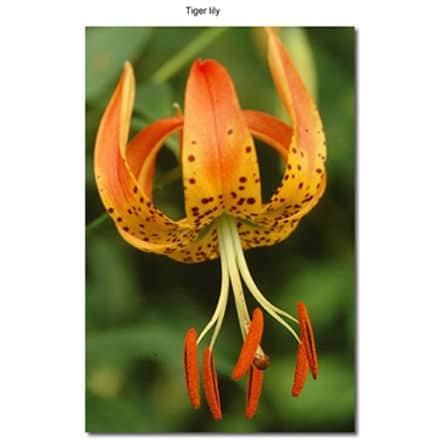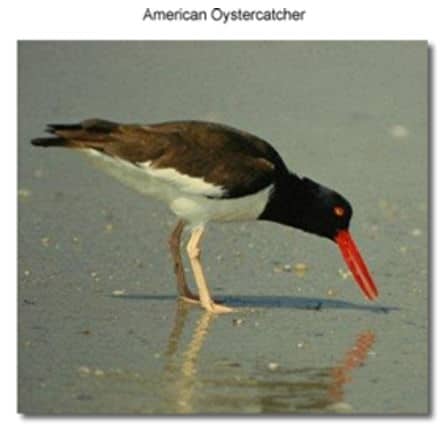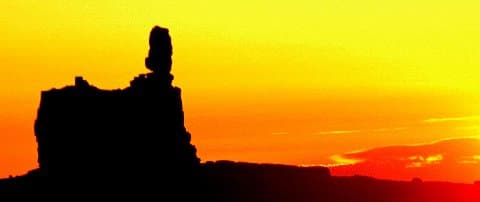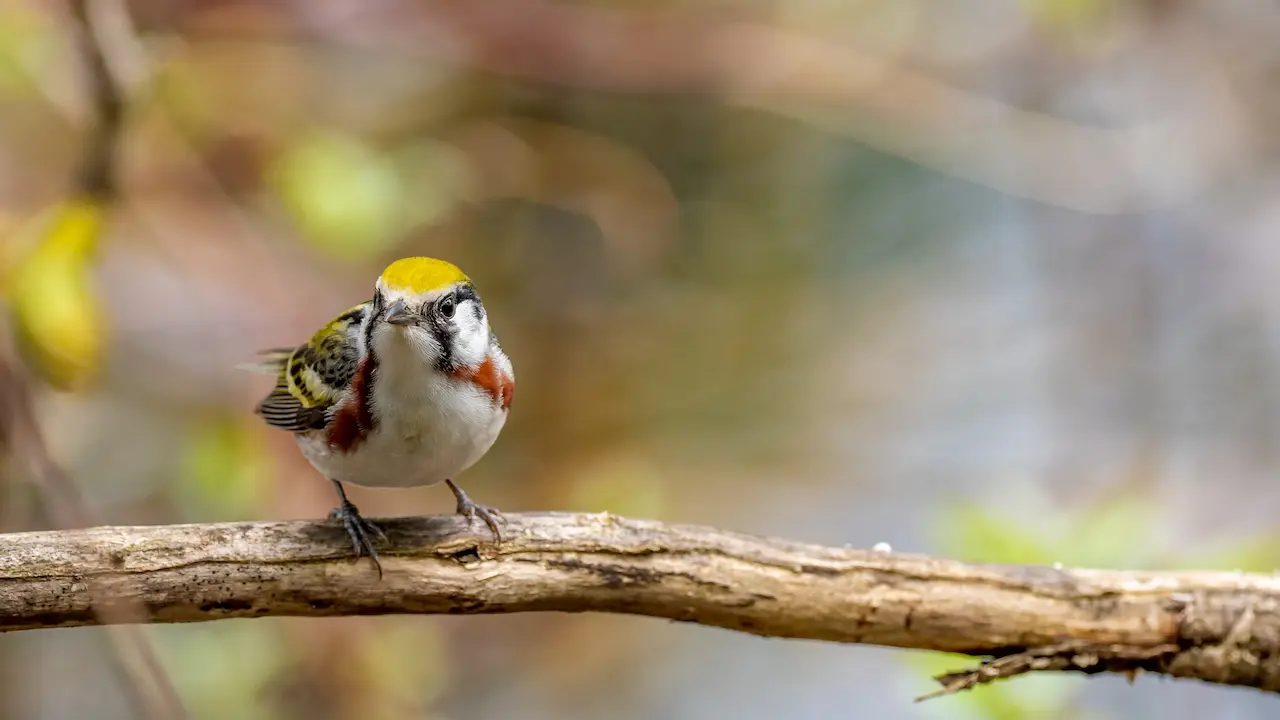Photography: Nature’s Calendar
by Ron Toel
The seasons, a repeat of annual events, create new and different material for us to photograph.
As a biologist, one can learn not only about the cyclic seasons but also the intricate inter species balance and symbiotic relationships happening in the daily life of what inhabits our planet.
One can also see that there is much more to the cyclic phenomenon than just the seasons. Stop and think about the water cycle, the moon phases, the nitrogen and other chemical cycles that influence the decomposition of matter.
The natural world also contains the cyclic patterns of life to fulfill their lives. Look at the migrations, not only birds but also animals as the wildebeest, and elk and sheep and goats, and the whales.
The following Calendar is drafted for the central part of the U.S.

MAMMALS
- Beavers begin to mate
- Black bear begin to give birth to cubs
- All members of the deer family start to shed their antlers
- All members of the Canid Family start to mate
- Raccoons start to mate
- Squirrels begin to give birth
BIRDS
- Pileated woodpeckers start to set up territories
- Bald eagles begin to mate
- Most owls are mating.
WILDFLOWERS
- Witch hazel
- Jasmine
FEBRUARY
MAMMALS
- Groundhogs start to mate
- Mink begin to mate
- Opossums begin to mate
- Flying squirrel begin to mate
- Skunks begin to mate
- Least shrew begins to mate
- Chipmunks come from hibernation
- River otters are being born.
 BIRDS
BIRDS
- Owls begin to nest
- Goldfinches start to molt for brighter colors
- Cedar Waxwings begin their journey north
- Chickadees start the first songs of the year (other than a peep)
- Woodcocks begin to mate (dependent on temperature)
- Snipe begin to mate
- Canadian Geese start to mate
- Several birds arrive in migration……Robins, Red-winged blackbirds, killdeer,
WILDFLOWERS
- Witch hazel
- Harbinger of spring
- Skunk Cabbage
MISCELLANEOUS
- Tiger salamanders start to mate
- Chorus frogs start to sing
- Spotted salamanders start looking for breeding ponds.
MARCH
MAMMALS
- Opossum are being born. The babies crawl into mother’s pouch
- Muskrat begin to mate
- River otters are born
- Flying squirrels are being born
- Cottontail begin to mate
- Badgers are being born
BIRDS
- Ducks and geese migration starts. Resident geese start to nest
- Great blue herons start migration
- Barred owls nest
- Bluebirds set up nesting in cavities
- Bald eagles begin incubation of eggs
- Wild turkeys begin courtship
- Prairie chickens begin “booming” on leks (competitive mating displays or dancing grounds)
- Cormorants start migration
- Cranes start migration.
WILD FLOWERS IN BLOOM
- Spring Beauty
- Redbud
- Hepatica
- Red Maples
- Rue anemones
- Serviceberry
- Bloodroot
- Pussy Willows
- Pussytoes
- Gooseberries
- Dutchman’s Breeches
- Spice bush
- Squirrel Corn
- Fern Fiddleheads appear
- Rose Verbena
- Wild plums
- Marsh Marigolds
MISCELLANEOUS
- Bats start to leave hibernation
- Butterflies start to appear.
APRIL
MAMMALS
- Moles babies are born
- Bobcats are being born
- The canids are being born
- Beavers are being born
- Mink Kits are born
BIRDS
- Kingfishers migrate
- Ospreys migrate
- White pelicans migrate
- Backyard birds start nesting
- Whip-poor-wills start singing
- Warbler migration starts
- Ruffled grouse start drumming
- Goslings appear
- Egrets start nesting
- Buntings appear.
WILDFLOWERS IN BLOOM
- Coreopsis
- Dogwoods
- Spiderwort
- Elms
- Bellwort
- Wild black cherry
- Celandine poppy
- Maples
- Sweet Williams
- Hickories
- Shooting Star
- Oaks
- Toothwort
- Fire Pink
- Wild Ginger
- Columbine
- Violets
- Trilliums
- Wild Hyacinth
- Wild Geraniums
- Bluebells
- Crested Iris
- Phlox
MISCELLANEOUS
- Snakes start to leave their dens
- Fish start to spawn
MAY
MAMMALS
- Skunk kits are born
- Raccoons babies are born
- Opossum babies emerge from pouch
- Baby beavers emerge from lodges
- Antlers start to grow
- The canids leave dens
- Ground hog babies leave burrows
BIRDS
- Shorebirds are plentiful
- Pheasants and quail mate
- Bob-o-links appear
- Bald Eagles fledge
- Owls fledge
- Nighthawks appear
- Hummingbirds appear
WILDFLOWERS IN BLOOM
- Yellow star grass
- Buckeyes
- Squaw Root
- Hawthorns
- Blue eyed grass
- Dewberries
- Missouri Primrose
- Black Locust
- May Apple
- Larkspur
- Delphinium
- Indianpink
- Indian Paintbrush
- Wild Indigo
- Yellow Ladyslippers
- Beardtongue
- Jack-in-pulpit
MISCELLANEOUS
- Gray tree frogs chorus
- Many insects are out in full force.
JUNE
MAMMALS
- Fawns (deer and elk ) are being born
- Bison are being born
- Coyote pups are being weaned
- Bats bear their young
- Bobcats are being born
BIRDS
- Ruffled grouse hatch
- Wild Turkeys hatch
- Kingbirds nest
- Orioles are nest building
- Pheasants and Quail Hatch
- Ducks and geese are at peak molt
WILDFLOWERS IN BLOOM
- Lady Slippers
- Tulip Poplar
- Purple Coneflower
- Gooseberries
- Prairie Rose
- Elderberries
- Butterfly Weed
- Mulberries
- Milk Weed
- Smoke tree
- Yarrow
- Cattails
- Solomon Seal
- Pawpaw
- Trumpet Creeper.
- Yucca
- Culver Root
- Chicory
- St. John’s wort
- Blackeyed Susans
- Prickly Pear Cactus
MISCELLANEOUS
- All Turtles are laying eggs
- Bullfrog are mating
- Cricket frogs are mating
- Toad babies are leaving the water
JULY
MAMMALS
- Young raccons leace dens
- Long tailed weasels begin to mate
- Second batch of squirrel babies are born
- Mink kits leave den
- Fawns much more active in the meadows
BIRDS
- Backyard birds are feeding babies and babies fledge
- Great Blue Herons fledge
- Baby Hummingbirds appear
- Warbler males start Migration back to South America.
WILDFLOWERS IN BLOOM
- Cardinal Flower
- Compass Plant
- Purple Prairie Clover
- Bazing Star
- Bergamont
- Lead Plant
- Bee Balm
- Royal Catchfly (silene regia)
- Mountain Mint
- Woodland Sunflowers
- Pitcher Plants
MISCELLANEOUS
- Dragonflys lay eggs
- Rat snakes lay eggs
- Katydids sing
- Lizards bask in the sun.
AUGUST
MAMMALS
- Badgers begin to mate
- Baby bats begin to fly
- Cave dwelling bats begin to mate
- Male antlered animals begin to rub the velvet from their antlers
- Thirteen lined ground squirrels begin to gorge
- Black bears begin to mate.
BIRDS
- Purple Martins Congregate
- Shorebird begin migration
- Goldfinches start to nest
- Backyard birds molt.
WILDFLOWERS IN BLOOM
- Common milkweed
- Asters
- Sunflowers
- Primrose
- Prairie Dock
- Goldenrod
- Pitcher Sage
- Jewelweed
MISCELLANEOUS
- Copperheads babies are seen
- Snapping turtles hatch
- Salamanders Juveniles transform to adults
SEPTEMBER
MAMMALS
- Antlered animals begin the rut
- Fawns loose their spots
- Squirrels are storing food
 BIRDS
BIRDS
- Osprey begin migration
- Hawks begin migration
- Dabbling ducks migrate
- Terns migrate
- Swallows migrate
- Nighthawks migrate
- White Pelicans Migrate
WILDFLOWERS IN BLOOM
- Golden rods
- Asters
- Many tree fruits and nuts are ripe and used for food
MISCELLANEOUS
- Monarch Butterflys migrate
- Garden Spiders appear
- Marbled Salamanders begin to breed
- Tiger Salamanders search for ponds
- Snakes start to hibernate
 OCTOBER
OCTOBER
MAMMALS
- Moose are mating
- Bats hibernate
- Hibernating animals fatten up
BIRDS
- Juncos appear from the North
- Swifts migrate
- Snow geese arrive
WILDFLOWERS IN BLOOM
- Gentians
- New England Asters
MISCELLANEOUS
- Rattlesnakes Hibernate
- Hellbenders breeding
- Frogs Hibernate
NOVEMBER
MAMMALS
- Most hibernation takes place
- Most animals seek winter shelters
BIRDS
- Cranes migrate South
- Diving ducks complete migration
MISCELLANEOUS
- Hellbender eggs hatch
- Most leaves have fallen….good time to look for bird nest.
 DECEMBER
DECEMBER
MAMMALS
- River otters begin mating.
- Grey squirrels begin mating.
- Red foxes begin courtship.
BIRDS
- Great Horned Owls start courtship.
- Barred Owls start courtship.


 BIRDS
BIRDS BIRDS
BIRDS OCTOBER
OCTOBER DECEMBER
DECEMBER



